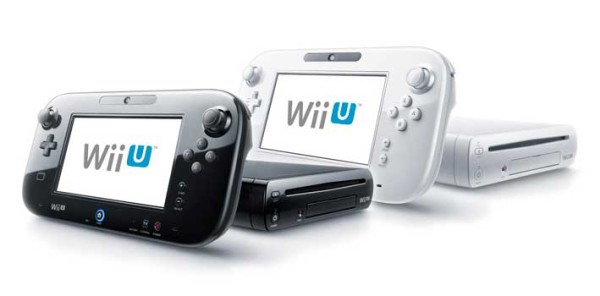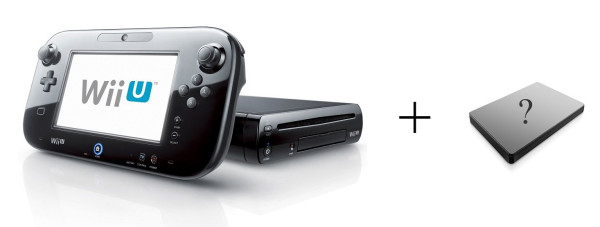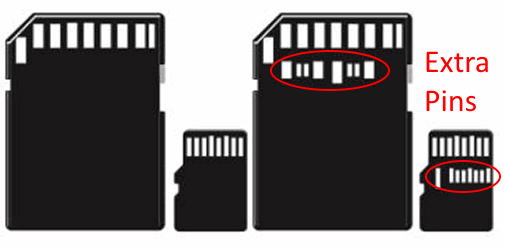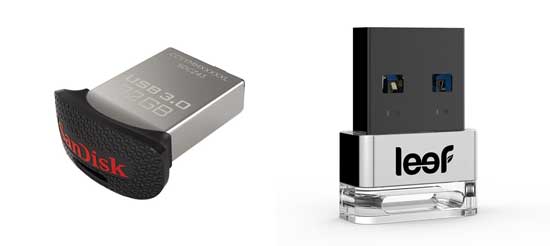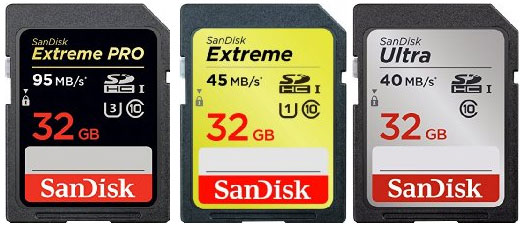It is this author’s opinion that 2015 should be the ‘Year of the Backup’. It is 2015 and almost no one takes backups. And even those of us who do take backups, well, we don’t do it often enough.
Originally the problem of backing up was not having a reliable, yet automated program. (Much less an easy way to restore a backup, if needed.) But Windows 7 has a good backup system now and Windows 8 has an even better one. And Mac OS X has had its excellent TimeMachine feature for quite a while now. So these are now non-issues. This leaves only one question: Where to back up to?
Tape drives were never a good choice for consumers, CD-Rs and DVD+Rs were too small and too slow. And until recently, most external hard drives were big, bulky, and required a power brick to be plugged in just to run them. Oh, and they were somewhat slow running over the USB 2.0 port.
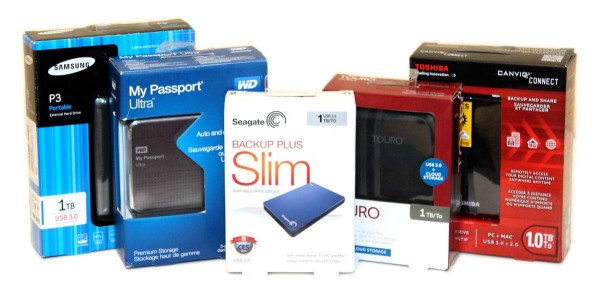 Fortunately, technology has reached a point where portable, self-powered USB 3.0 hard drives the size of a deck of cards can hold a full 1 to 2 TB! And they’re fast, too!
Fortunately, technology has reached a point where portable, self-powered USB 3.0 hard drives the size of a deck of cards can hold a full 1 to 2 TB! And they’re fast, too!
Update 15-Feb-2015! Two new drives have been added to the review: The HGST Touro Mobile vs the Samsung P3 Portable.
For this review, we picked out a portable USB 3.0 hard drive from 5 major manufacturers, WD, Seagate, Toshiba, HGST, and Samsung and put each drive through its paces.
